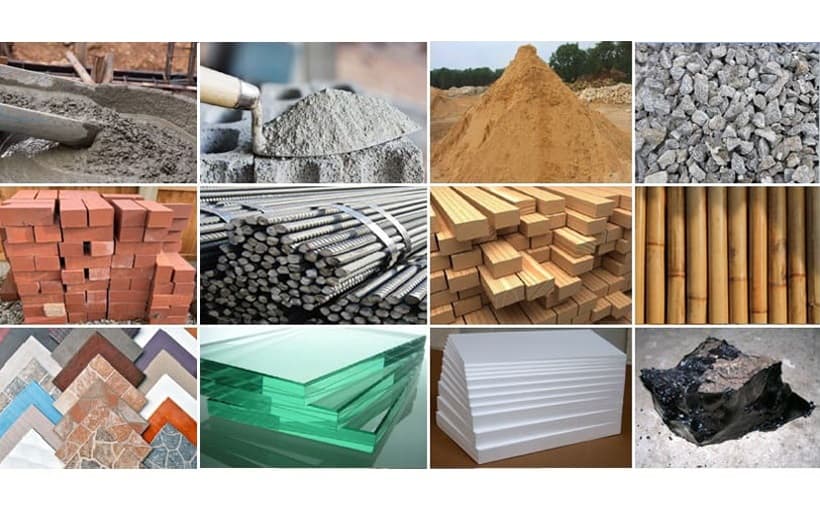The waterproofing material used in building construction must be user-friendly and long-lasting. They have to be resistant to chemical and be able to accommodate the movements of the building.
They can be positioned over or beneath the ground. They are either self-adhered or fixed to the ground and are easy to use.
Bituminous Membranes
They are offered as self-adhesive or can be bonded with a roofing mastic that is compatible with concrete. They typically have the layer of felt that helps enhance the durability and span of the deck of the roof. The felt layer also helps lower the stress put on membranes from the lateral forces. It is crucial to prep the surface of these membranes prior to installing them because any defects could impact the waterproofing system’s performance.
The bitumen-based polymer has outstanding durability, tensile strength and a long-lasting durability. They are incorporated in conjunction with insulation and protection boards as a composite material which has more effectiveness than just the material.
It is vital to fill the air spaces and weld the end laps when making this type of membrane. The membranes should also be put on substrates that have low moisture levels in order to stop blistering. If there is blistering it’s usually due to a difference in moisture between the membrane’s surface membrane and the concrete.

Liquid Waterproofing Membrane
Membranes for waterproofing protect structures from over-grade bulk water infiltration and also from below-grade infiltration, caused by hydrostatic pressure. It protects the building against costly damages, increases its selling price, and increases comfort and safety for occupants.
The waterproofing membranes that are made of liquid are placed in liquid form followed by curing to create an effective barrier to the elements. They’re available in different forms including polyurethane and cementitious.
The products are flexible and tolerant of surface movements in cracks and surface movement. They also have excellent resistivity to weathering, UV radiation and abrasion. These characteristics make them the ideal option for modern shower assemblies and wet zones they can be difficult to waterproof using sheet membranes that require overlapping accessories.
Cementitious Waterproofing Solutions
They are applied with a brush, a trowel or spray and are used to protect concrete structures gia cat san lap. They are able to resist the negative and positive water pressures as well as protect against damage caused by mildew and mold. These can be used to protect both underground and above-ground installations as well as in systems that use potable water.
This kind of waterproofing employs an encapsulated polymer mix that is based on cement to create a strong, long-lasting finish when it has fully set. The waterproofing material are suitable for ceilings, walls, and retention walls. They’re impervious to UV exposure, heat and weathering.
The type of waterproofing that is used has an advantage in that it is cost-effective and simple to install. Also, it’s extremely strong and is resistant to scratches and chemicals. It’s suitable for residential and commercial applications. The material is easy to restore if damaged, and it is ideal for bathroom environments that are wet, like.
Polyurethane Waterproofing
The polyurethane liquid membranes have several advantages, particularly when seamless systems are required for structural or aesthetic reasons. The membranes are simple to put on and can be used with a roller or trowel. They also offer superior crack bridges and tensile strength.
They’re also very flexible This means that they are able be able to withstand structural movement as well as temperature variations without cracking or breaking. It also helps them to endure for longer. They also resist chemical and abrasions, which makes them a long-lasting waterproofing solution.
Over ceramic and wooden flooring, polyurethane coatings are waterproofing. They prevent dust accumulation as well as protect brightness, and give attractive appearance to the flooring. The coatings can also be used in potable water tanks as they’re highly resistant to corrosion, and are safe for drinking water use. They can also be utilized as a waterproofing layer for walls. They are available in various sizes and colors to fit various types of projects.